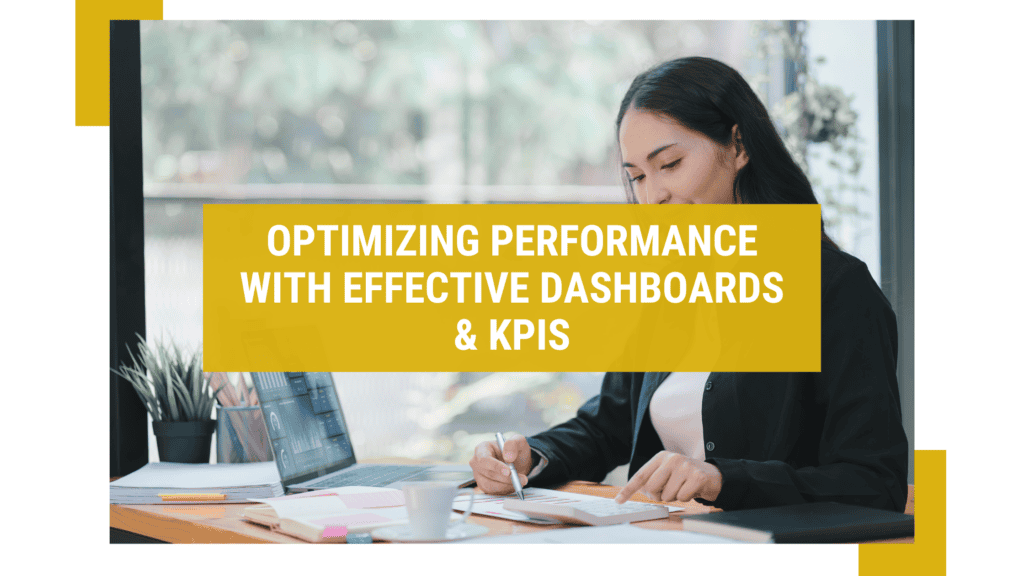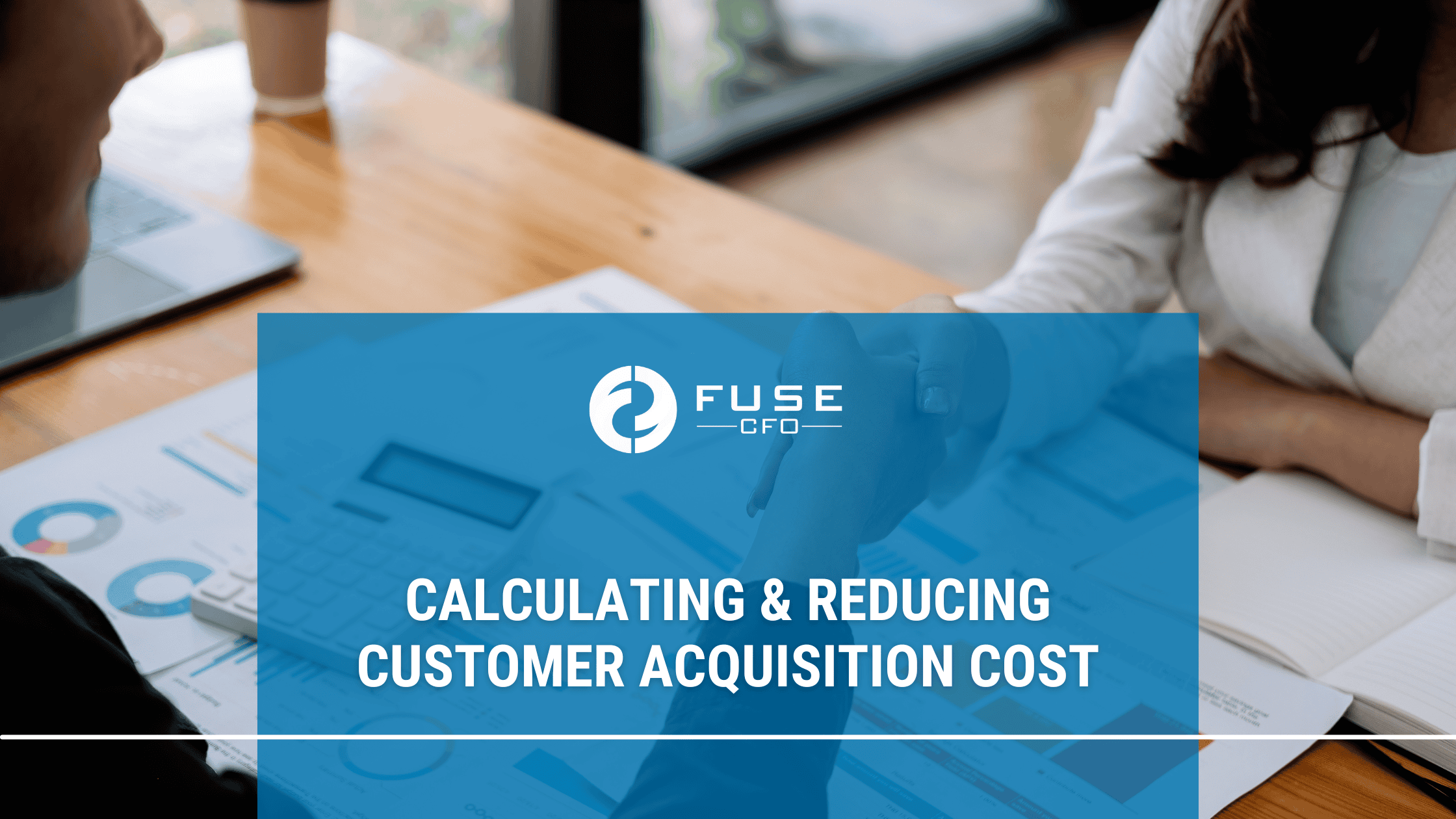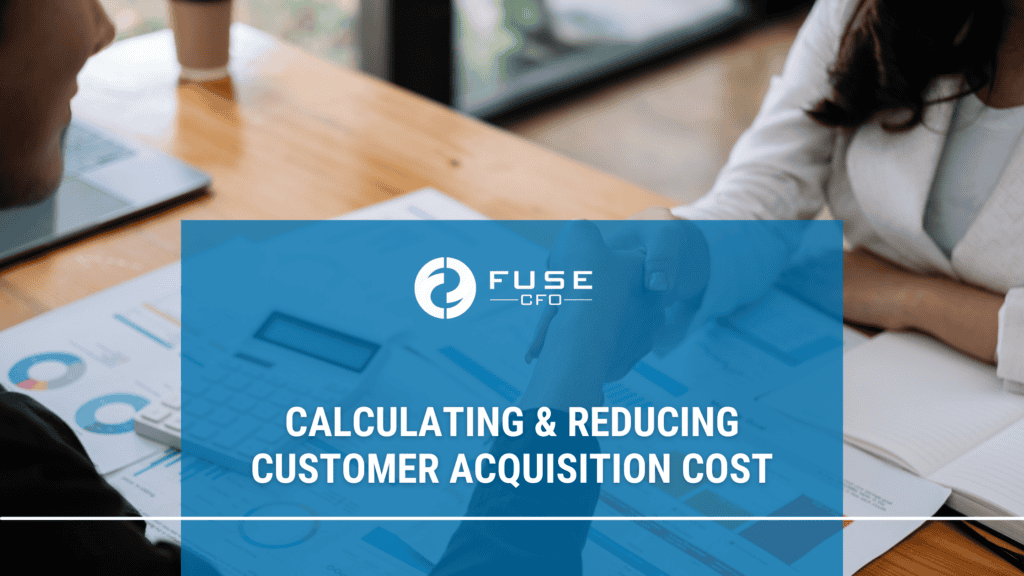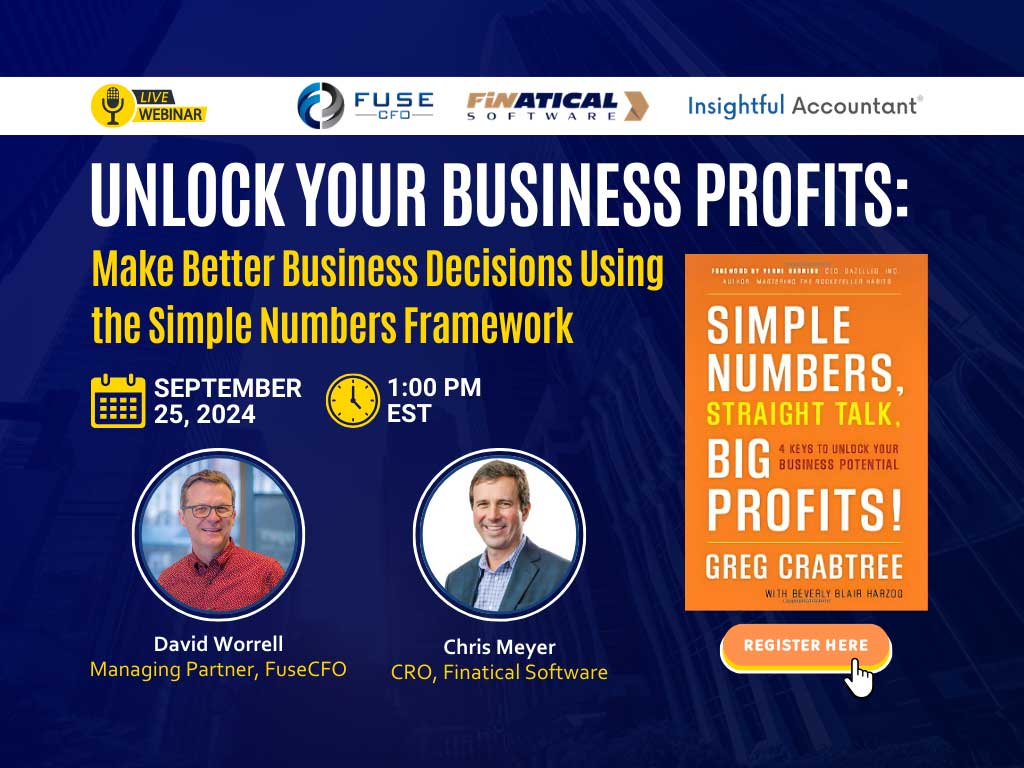
Optimizing Performance With Effective Dashboards & KPIs

Operating a business demands precision, agility, and informed decision-making. Dashboards and KPIs (Key Performance Indicators) guide you to direct your organization toward your desired outcomes with clarity and efficiency.
The Purpose of Dashboard
The true purpose of a dashboard lies in its capability to aggregate, visualize, and communicate data instantaneously. Like the dashboard of a car that shows speed and fuel level, your business dashboard should display important information that allows you to quickly make changes and improvements at the moment.
Unlike a car’s dashboard which is only for a driver, the business dashboard is not just only for the CEO. Anyone in your organization can create it to measure and guide all kinds of performance and productivity metrics.
Dashboard
The dashboard represents the final, completed visualization. We like dashboards to be 3 to 7 easy-to-visuals on a single sheet of paper (or screen), each focused on presenting one key performance indicator (KPI).
More than 7 becomes unworkable. Each visual should focus on displaying 1 Key Performance Indicator (KPI), and clearly show the trend lines over the last 3 to 12 months.
Key Performance Indicators (KPIs)
The Key Performance Indicators (KPIs) are the data points, or metrics, that most matter to your business. Best KPIs are ones that will help you to predict events in the future. For instance, the number of website visitors might help you predict the number of new paid subscribers next month.
A number of sales calls made by your sales team might help you predict the volume of new customers 3 months from now.
Predictive KPIs are always best, but measuring actual financial performance is also important: at least 2 of your KPIs should be straight from your Income Statement, such as “Gross Margin Percentage” and “Net Profit”.
OKRs (Objectives and Key Results)
If you use OKRs (Objectives and Key Results), then your KPIs can measure the Key Results. OKR has become a popular and powerful way to define strategic initiatives, and a dashboard can help make sure that your OKRs are on track.
If you don’t use the OKR methodology, that’s okay. KPIs will take you a long way if you choose them carefully.
Also, KPIs are not limited to financial measures. Number of “days without an accident” is a popular KPI in a manufacturing environment, as are quality controls such as Reject Rate or Line Stoppages.
Find KPIs that speak to your operations and improve the overall business health. Good financial performance will follow.
Finally, selecting KPIs that resonate with the organizational vision and mission reinforces the dashboard’s purpose and value. With the right KPIs, the dashboard will become an integral part of strategic reviews and planning.
Designing Your Dashboard
The design phase of a dashboard is where the functionality and the visual come together. The objective is to construct an interface that is not only reflexive but also comprehensive, allowing users to get complex information quickly.
Every employee should be able to see how close they are to reaching their KPIs each month or quarter. Some companies create multiple dashboards, so each department has one.
One key to simplicity is fun — incorporate colors and shapes in creative ways: For cumulative goals, use a “thermometer” graph. For competitive goals, use a horse-race analogy and show the race to the finish line.
When the data is conveyed easily, it will allow your employees to gain insights and respond appropriately.
Creating Effective Dashboards and KPIs
Timing and relevance of dashboards are big challenges when trying to use them. Dashboards must be close at hand, quick to update and read, and have up-to-date data.
As more people in your organization use them, a culture will form around data-driven decision-making. And as the boards become more useful, people will update them more regularly. Good, real-time data is the benchmark for useful dashboards — don’t settle for anything less.
As your business evolves, you should have a business dashboard. Don’t be afraid to incorporate new KPIs and refine existing visual elements.
As your goals and plans change over time, don’t hesitate to update your dashboards and key performance indicators (KPIs) accordingly.
The best dashboards are iterative — changing as the needs of the business change. Keep your dashboard fresh and you’ll position yourself for sustainable success.
Begin Making Data-Driven Decisions
Are you looking to harness the full potential of your business data but unsure where to begin? Contact us for free business analysis. We will discuss dashboards and identify the KPIs to propel your business towards its strategic objectives.




